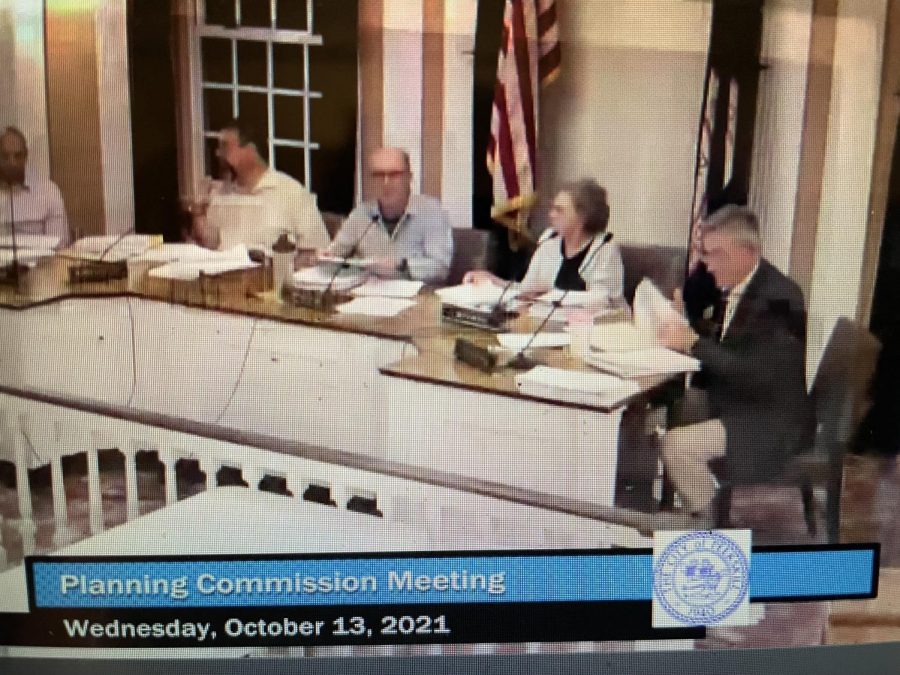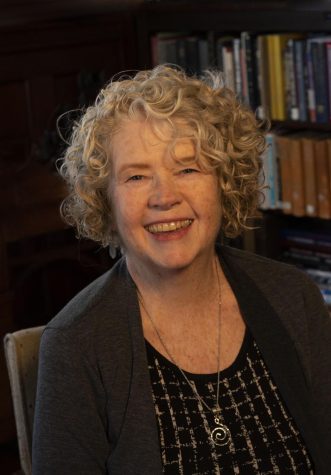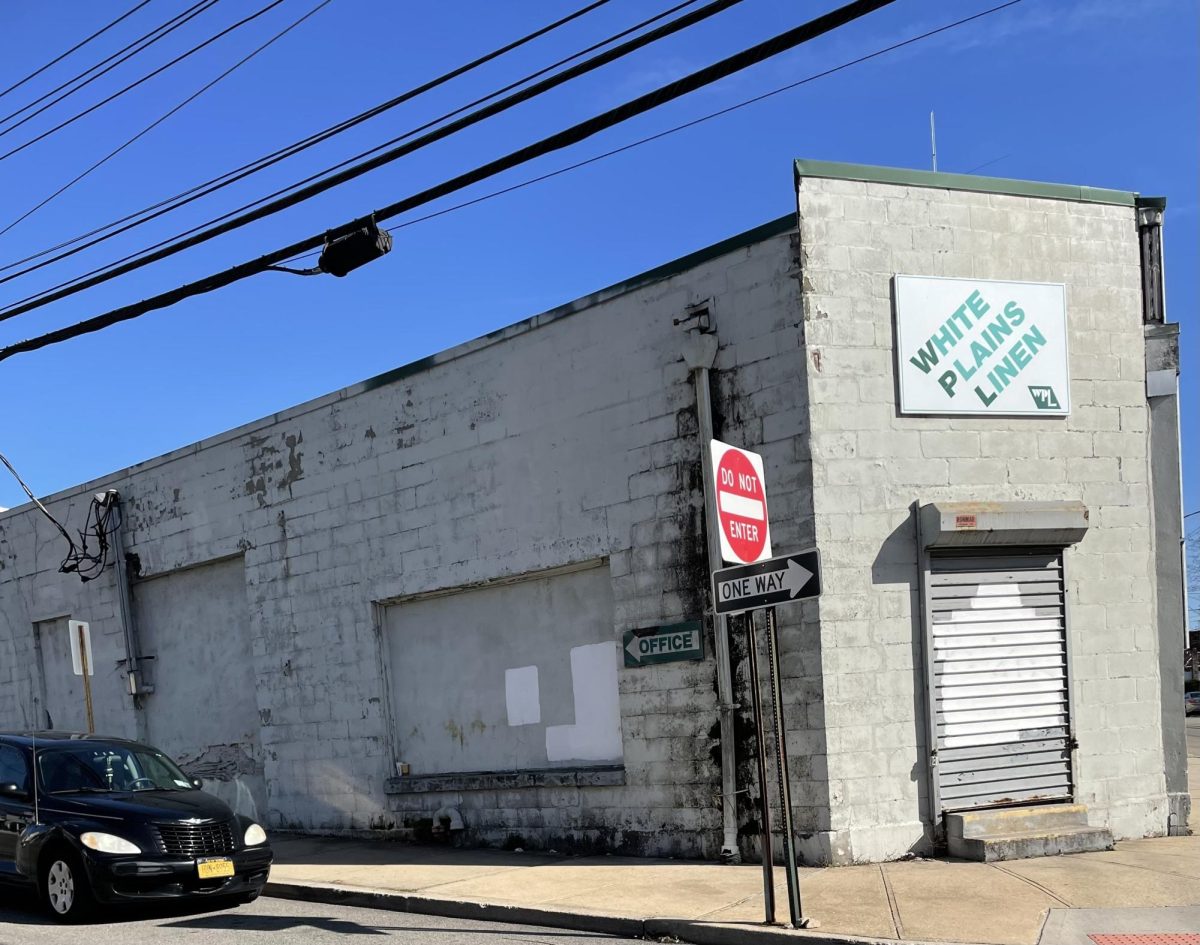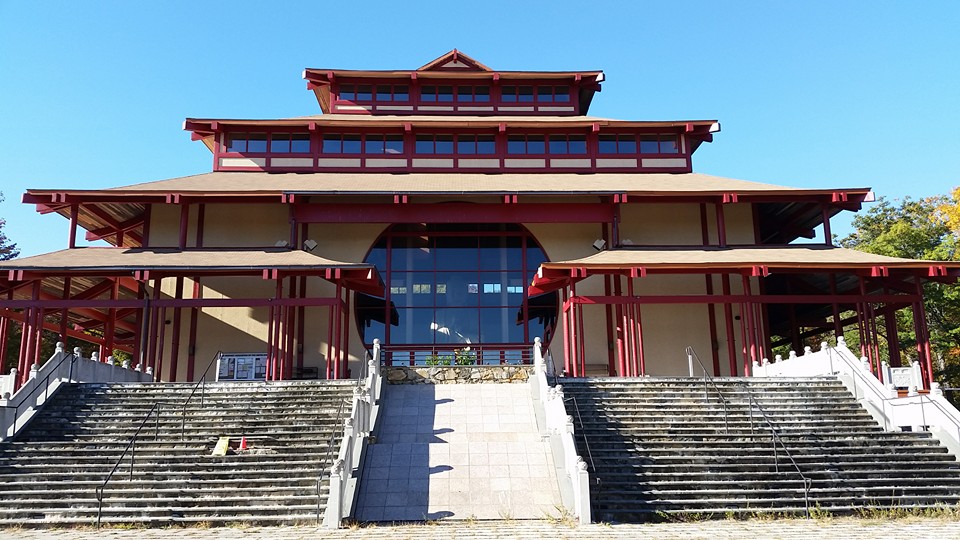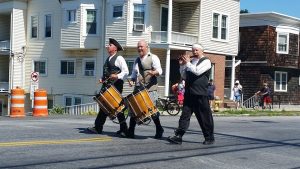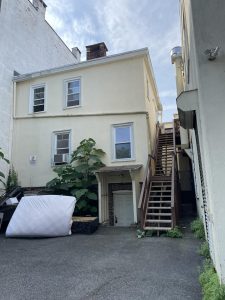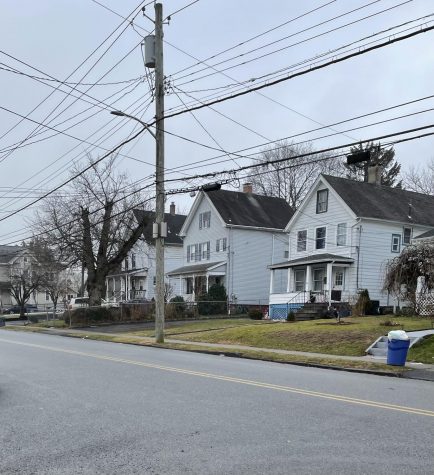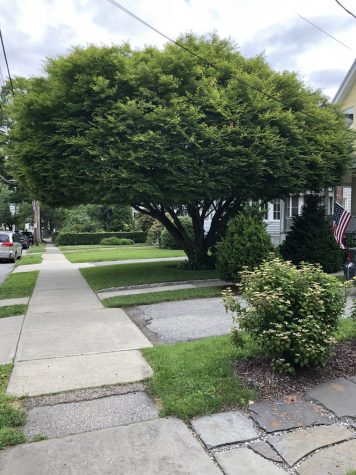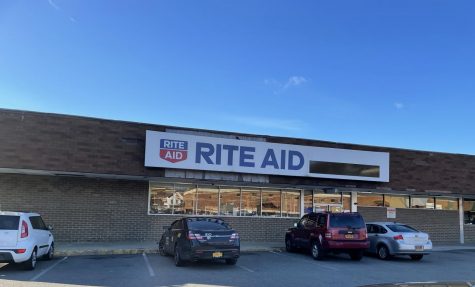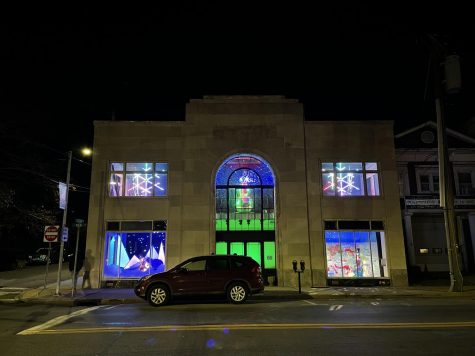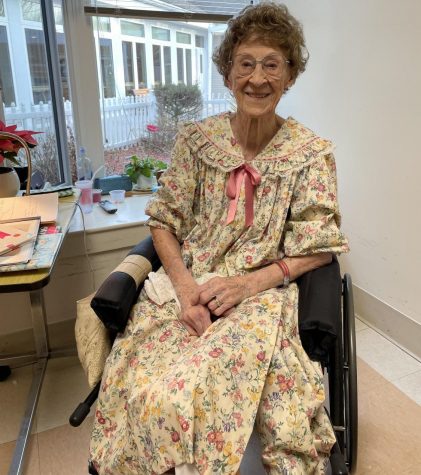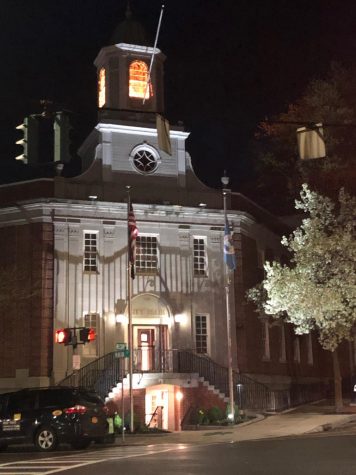In wee hours of the morning, Planning Commission plods on
October 19, 2021
Peekskill’s Planning Commission set a record Wednesday evening (Oct.13) for the longest meeting of the year at 4 hours and 41 minutes, beating September’s meeting by nine minutes. With the amount of development happening in Peekskill it’s not usual for the five member panel to discuss and approve site plans but they are now asked to comment on laws the Common Council wants to enact. Wednesday’s meeting included everything from discussions with the public and commissioners on proposed ordinances to a developer presentation on a large mixed use housing project on the border of Cortlandt.
Final site plan approval was given to Wilson Narvaez for a new grocery store at 630 Washington Street. Narvaez, owner of the C-Town grocery on Park Street in downtown, first presented his plan for the store on the south side of Peekskill in March.
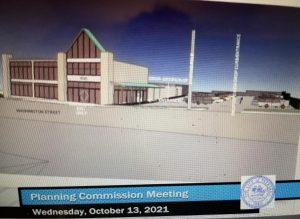
The grocery, which will feature a bakery and deli, will have a glass facade on Washington Street with only an exit. Since the original presentation, the store entrance with a drop off and pick up lane and a canopy has been moved to face the parking lot to the north of the building. The parking area, allowing for 23 angled spaces, has been increased from original drawings because Narvaez purchased and razed a building at the back of the parking lot. There are an additional four parallel spaces in the lot.
In the discussion around the four parallel parking spots and perhaps employees would use them, Narvaez’s architect John Lentini mentioned that many of Narvaez’ employees who live in the area would walk to work at the store. “Narvaez frequently purchases homes in the neighborhoods where his stores are so his employees can walk to work,” said Lentini.
Another presentation to the Commission came from Debra Post who showed drawings of the Kiley Center and its expansion in anticipation of hosting the Boys and Girls Club. She explained that the Peekskill Housing Authority which manages Kiley Center received $1.5 million in DRI money along with $2.5 million from Westchester County to fund the renovation. “Our goal was to expand and maximize the usable program space, taking into consideration health and safety concerns and make every part of the building handicapped accessible,” said Post, who is married to Planning Commission Chairman Jeff Stern. He recused himself from the presentation and discussion.
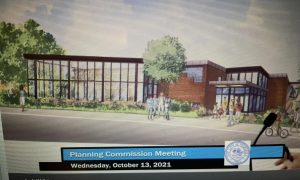
The Kiley Center was constructed in 1959 at 4,400 square feet. In 1996, an 800-square-foot gymnasium was added. The new entrance will be the central focal point of the building and will be the only point of entry, to allow for security. A glass-clad multi-purpose room will be added to the north side of the building. The three-story building will also get a new elevator. Commissioners voted in favor of the site plan, allowing the project to move forward.
A large part of the meeting consisted of the review of a major subdivision on 16.4 acres off Lockwood Drive in the Highland Park neighborhood between North Division Street and Highland Avenue. The project is known as Mountain View, and consists of six single family homes on Lockwood Drive and a cluster development of 42 units. The 42 units would be in clusters of four, five and six units each.
Concerns from neighbors in Highland Park were heard about the size and scope of the project. Specific issues raised included the disruption from construction of such a large development, the increase in traffic, and the impact on the wetlands adjacent to the proposed site. Many of the people speaking have lived in the Highland Park neighborhood for decades and are concerned about the character of their area changing. They cited the lack of sidewalks that results in children riding their bikes in the street, along with people walking dogs, and the potential for traffic accidents with more cars traveling through the development. According to resident Carol Reif, who submitted her comments via a letter read into the record, Highland Park was built in the 1950s on land that was an apple orchard.
Engineering representatives of the developer heard the comments from the commissioners and asked for an adjournment until the December Planning Commission meeting, which was granted.
Another item on the agenda which brought out the public to comment was a proposed zoning text amendment for a portion of the downtown bordering Main Street near Howard and Broad streets. The location is currently zoned R-1C residential, so the proposed Broad & Howard development requires a zoning map change to extend the downtown C-2 commercial district half a block north. Developer Chuck Lesnick is also seeking a zoning text amendment to allow ground-floor residential units (rather than retail) on the side facing Howard Street. This would also affect other “transition zone” buildings along Diven Street and areas at the south end of the C-2 district, most of which face residential streets.
Commissioners heard from residents, including one who has lived there for 60 years, about how it was going to impact single family homes in the future. Commissioners Ruth Wells and Victor Drapala expressed concern that the zoning changes might not be a way to protect neighborhoods. “It’s the beginning of erosion of certain residential neighborhoods and the character of those neighborhoods is houses, it’s not about residences. If you put up a big apartment building , it’s not the same character as the street has,” said Wells. “We’re creating a zoning change to satisfy one developer and all of a sudden we’re allowing 150 new, first floor tiny apartments,” said Commissioner Drapaia.
City Planner Jean Friedman explained the intent behind the change was to make transition areas between residential and commercial zones. “We recognize certain streets on the edge of the downtown that bordered commercial areas were residential.” Since there wasn’t a consensus around the issue, the Commission decided to table the issue until next month’s meeting.
As the hour approached 11:35 p.m., the Commission took up the issue of the affordable housing ordinance and listened to members of the public who were present to comment. An hour later, commissioners decided to hold a special meeting to continue discussion on the subject.



